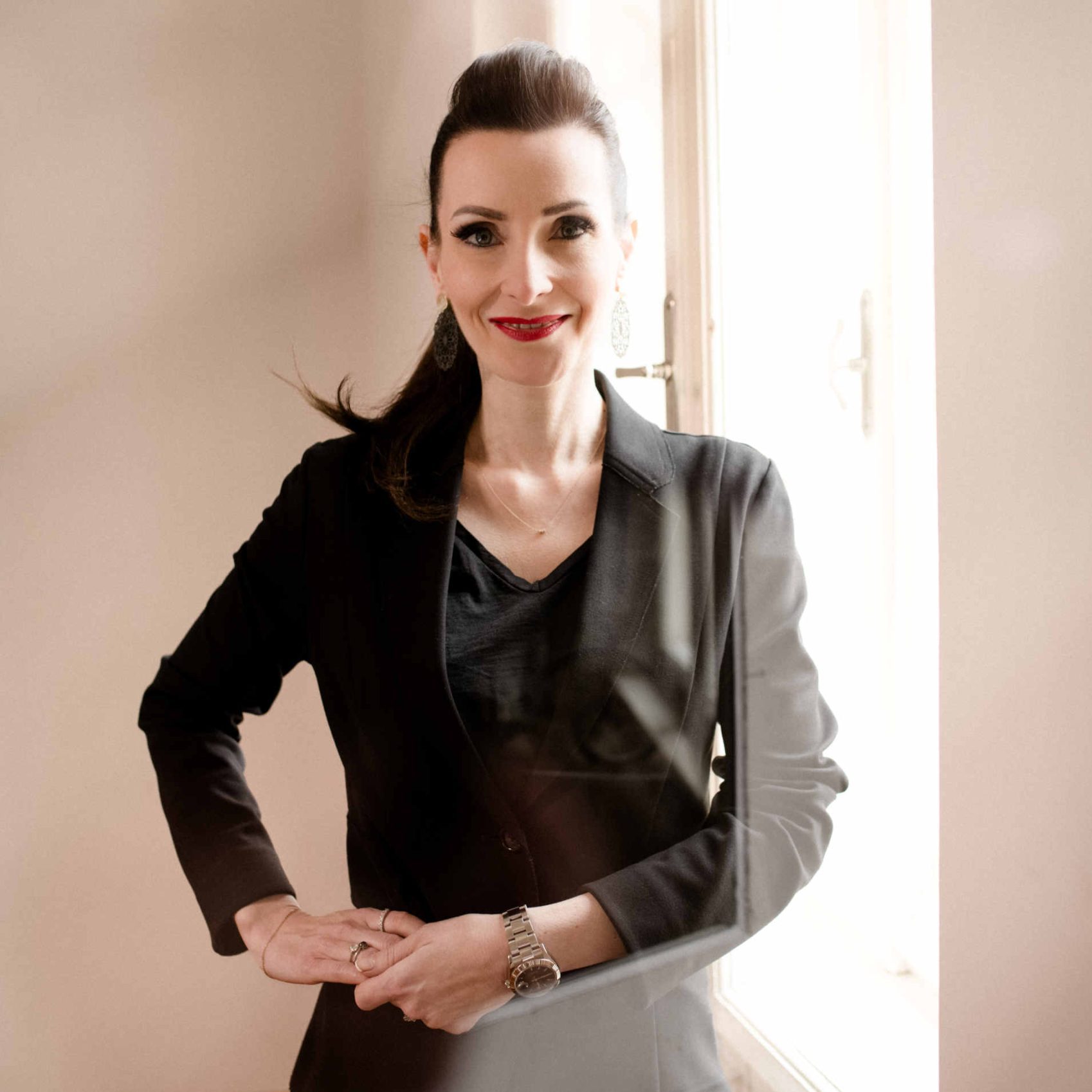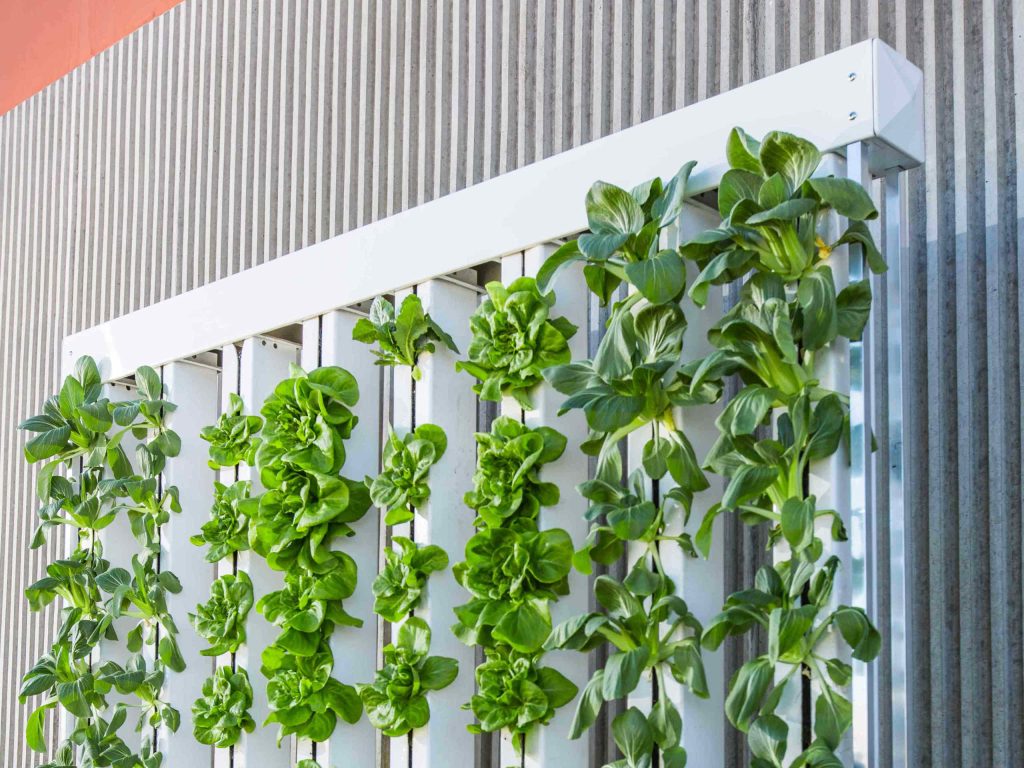
Farm-to-table and hydroponic systems are two innovative concepts that enable sustainable agriculture and more environmentally friendly food production. In recent years, the demand for fresh, locally produced food has increased as consumers are increasingly concerned about healthy eating and are interested in the origin of their food. At the same time, agriculture is facing challenges such as climate change, water scarcity and soil pollution.
Farm-to-table initiatives and hydroponic systems offer solutions to these problems by enabling more efficient and environmentally friendly food production. Farm-to-table initiatives encourage collaboration between local farmers and restaurants to bring fresh and seasonal produce directly from the farm to the table. Hydroponic systems, also known as artificial cultivation, enable more efficient use of resources such as water and nutrients by growing plants without soil.
More and more terms such as home-grown or home-made can be found on menus: lemonades, honey, even home-made balsamic vinegar - guests love the hyper-regional, i.e. ingredients straight from the windowsill and backyard garden.
Garden herbs are now the entry point into the complex world. They fit on the windowsill or in a narrow shelf. The next step up is planters in front of a restaurant or store. This is where things get a little more challenging. The more soil or substrate, the better. In any case, it should remain decorative and well-maintained to whet the guests' appetite for more. And for the expert, it's hydroponics. Hydroponics is the growing and cultivation of ornamental and crop plants in a hydroponic system in which the roots of a plant are suspended in a nutrient solution, a mixture of water and nutrients dissolved in it.
One of the successful concepts is Good Bank in Berlin. They grow lettuce in their own vertical farming system. The demand for vertical farming is constantly increasing, both in the private sector and in restaurants. Lettuce is perfect for this. A wonderful example is the Steirereck: Pogusch PPAG architects have planned two glass houses on a slope. One of them is unheated, the other is heated. The variety of plants can not only be enjoyed on the plates, but also during an overnight stay.
More and more people are interested in where their food comes from and are prepared to pay for it. Growing your own food can be easy. With herbs and edible flowers such as marigolds, lavender, nasturtiums, chives, ornamental leeks and much more. Overall, farm-to-table is an opportunity for every restaurateur to offer high-quality, seasonal food that comes from the region. It also allows restaurateurs to raise awareness of healthy eating and strengthen the relationship between restaurant and customer.

The two-star Berlin restaurant Horváth returns to Vienna in early 2026 with an exclusive pop-up, presenting an uncompromising new menu based on “emancipated vegetable cuisine.” For two weeks, Sebastian and Jeannine Frank’s team will take over the Herzig restaurant and serve a 7-course menu that shows how innovative, precise, and luxurious vegetables can be today. A culinary highlight for foodies, fine dining fans, and anyone who doesn’t want to miss Austria’s most exciting pop-up experience of 2026.
This time, Sebastian Frank is taking an even more uncompromising approach, with a new menu and a clear message: vegetables can be luxurious – even without caviar.
Today, experiential dining is one of the strongest drivers of modern hospitality – emotional, sensual, and unforgettable. Formats such as Toni Mörwald’s PALAZZO in Vienna show how perfectly cuisine, culture, and staging can merge and why spending time together has become the most valuable luxury. “Better Together” exemplifies a trend that is shaping the industry and booming as a gift idea, especially at Christmas: enjoyment, entertainment, and shared amazement in an evening full of magic.
In terms of communication, 2025 was a year between “wow” and “ouch.” Between artificial intelligence, genuine empathy, and a whole lot of misunderstandings. Talking has never been so easy – and understanding so difficult. In this humorous review, communications expert Stefan Häseli takes a closer look: How did people communicate, which trends are casting their shadows ahead, what has developed in which direction…


Farm-to-table and hydroponic systems are two innovative concepts that enable sustainable agriculture and more environmentally friendly food production. In recent years, the demand for fresh, locally produced food has increased as consumers are increasingly concerned about healthy eating and are interested in the origin of their food. At the same time, agriculture is facing challenges such as climate change, water scarcity and soil pollution.